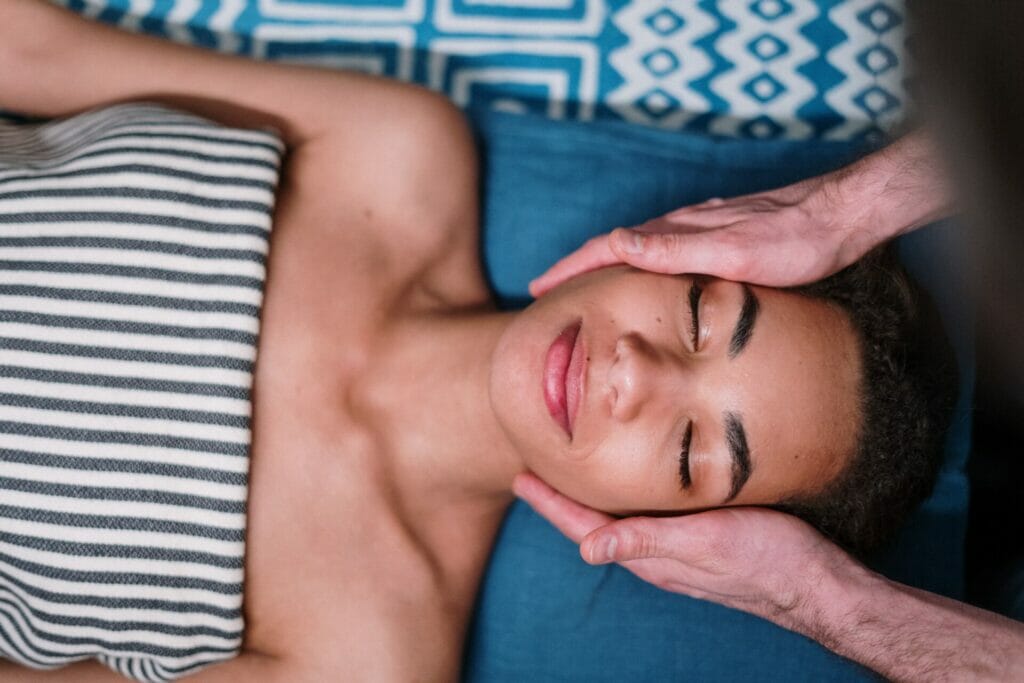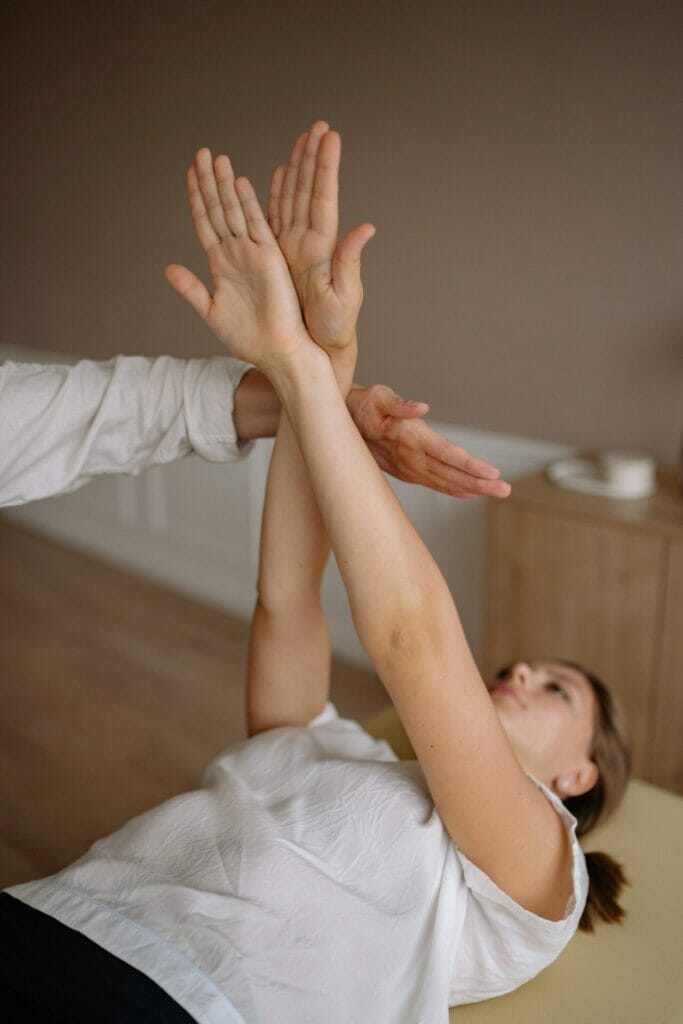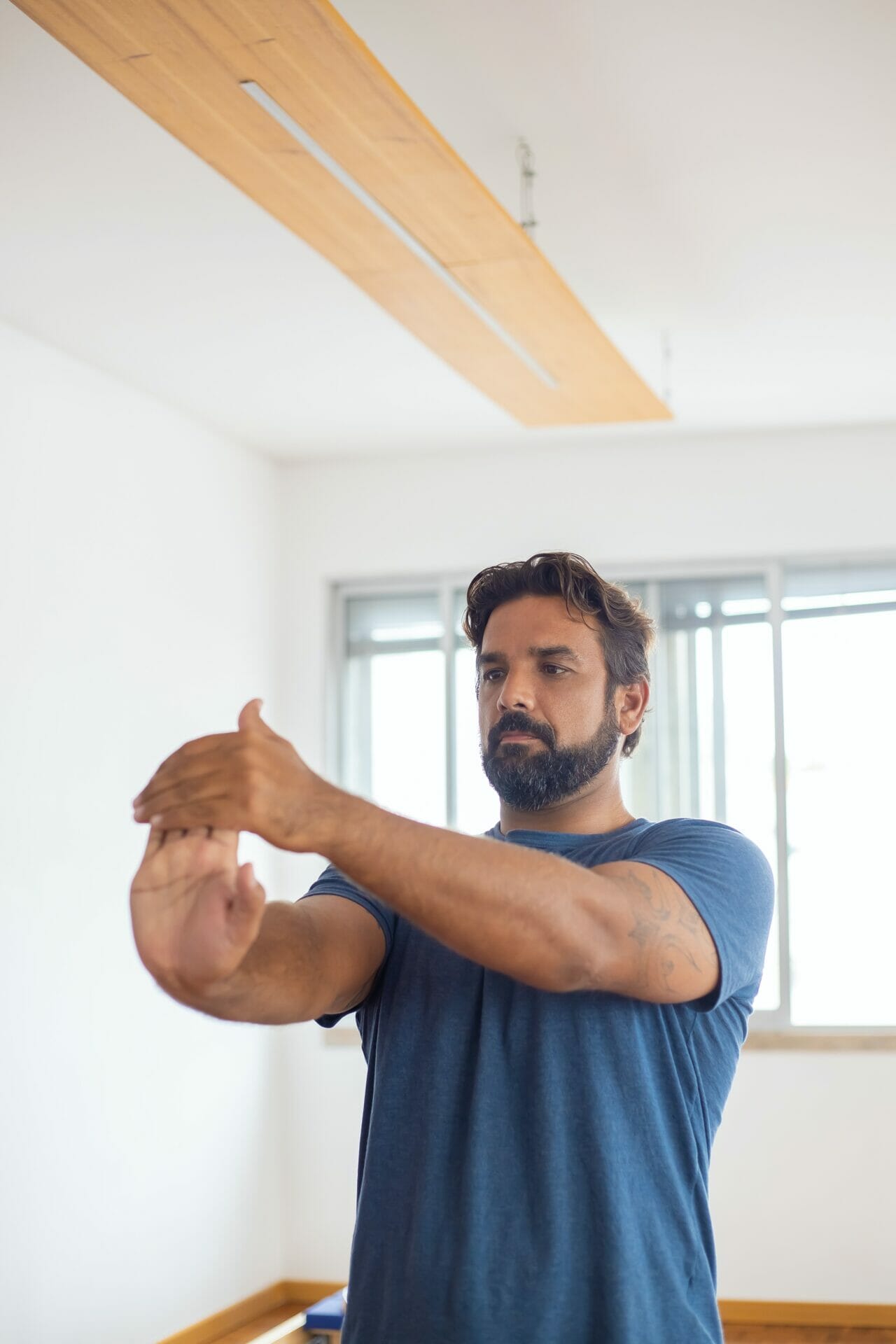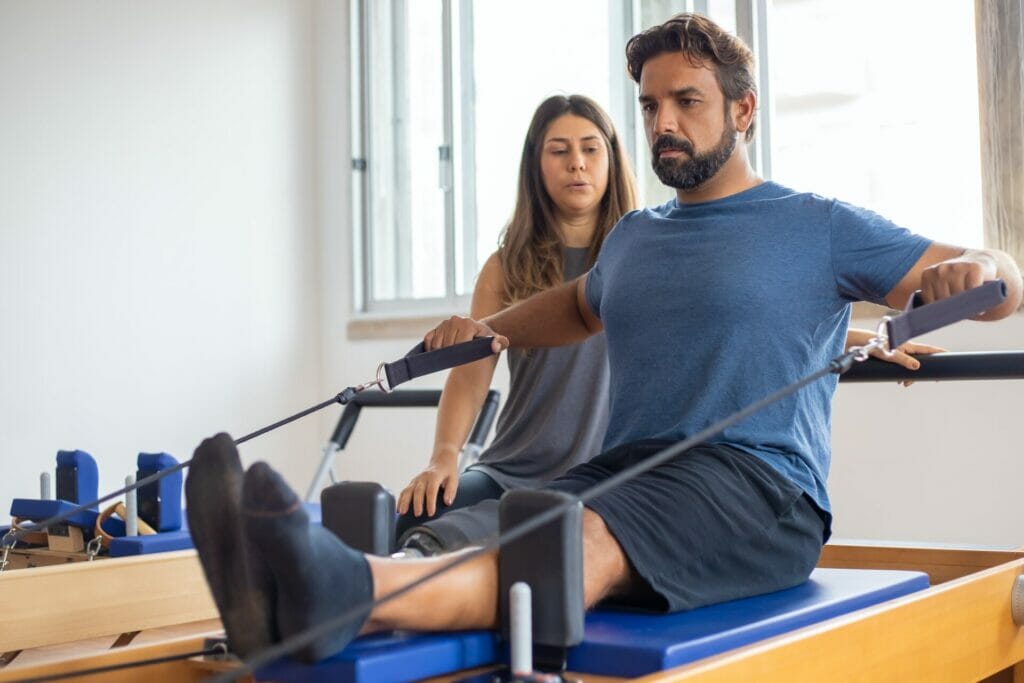Capital Physiotherapy clinic provides bulk billing for our clients at some of our clinics (please call the individual clinics for more information). In some of our clinics, we no longer provide bulk billing, but you may still use your Care Plan to subsidise part of your visit (there will be a gap payment).
Please note that we do take Medicare bulk billing if you have a very specific doctor’s referral letter called the EPC letter (Enhanced Primary Care Program). Please ask your GP if you meet certain criteria before you are eligible for an EPC and Medicare services. Unfortunately, only your GP (not us) knows your eligibility or is able to provide you with that letter. If you are qualified, you will have up to 5 free visits/year to a physio.
Before you come to your EPC Physiotherapy appointment, please bring along your:
-EPC referral letter (that is written for Capital Physiotherapy)
-A physical copy of your debit card (for the rebate to go into your debit card)
-Your Medicare card
Is Physiotherapy covered by health insurance?
When it comes to physiotherapy insurance, Australia has various options depending on your circumstances. In short, most basic health insurance won’t always cover physiotherapy. Instead, you’ll get benefits like private hospital cover and ambulance insurance.
However, if you choose an insurance policy that has extras cover, it will most likely include physiotherapy appointments. Each policy has waiting periods and limits, but you’ll often be able to see a physiotherapist for consultations, follow-ups, treatment plans and rehabilitation if you’re covered by private health extras.
Should I take out health cover for Physiotherapy?
Statistics have shown that one in seven Australians will need physiotherapy at least once in their lifetime. Since physiotherapy is based on evidence-based science, most health insurance extras policies cover physiotherapy and many Australians find their physio treatments to be incredibly beneficial. People who undergo physiotherapy treatment will have higher than >80% of recovery compared to people who do not engage a physiotherapist for rehab. Physiotherapy addresses many health concerns, from physical therapy to health conditions to rehabilitation.
Although physiotherapy has a high success rate, it can be a long process. Taking out health cover for physiotherapy is a good idea because you won’t be seeing a physiotherapist just once. You’ll usually need multiple visits to your physiotherapist to complete a treatment plan.
Private health cover with extras will help you pay for regular physiotherapy treatments so that you can improve your quality of life over time. This includes covering the cost of initial consultations, follow-up appointments and long-term treatment plans up to the limits of your policy.
Hence, taking our private health extra cover is therefore advisable before you have the injuries. Given the percentage of people needing extra cover services, it is an overall advisable approach to have yourself covered incase of future needs.
Waiting Periods for Physio Covered by Insurance
Most private health extras (and health insurance policies in general) require waiting periods before you can use your benefits. Each individual company and policy sets its own waiting periods before you can see a physiotherapist and claim benefits. However, in general, the wait time is about two months before you can make a claim for your physio invoice.
Once you serve the waiting period and either maintain the same level of cover or increase your cover, you may be able to switch policies without waiting again. Be on the lookout for special promotions from health funds because you’ll often see offers for extras cover with no waiting periods to attract new customers.
Do I have to pay for Physio if the doctor has referred?
Yes, even with a GP referral, you’ll likely still need to pay for some of your physiotherapy appointment.
With a referral, you may not have to pay as much as you would without one, but generally, you’ll need to pay some out-of-pocket expenses for your physio treatment, unless you received your treatment as a hospital inpatient, in which case these may be covered by Medicare.
With private health insurance extras cover, you can swipe your insurance card at your physiotherapy clinic to pay only the remaining balance, or you will pay for the appointment out-of-pocket (sometimes referred to as a ‘gap’) expenses and submit a claim to your health insurer to get reimbursed for either a percentage of the cost or a fixed rate.
It’s also important to remember that many health insurers place a time limit for extras claims, which means you shouldn’t wait too long to submit your claim. It’s best to do so as soon as possible after your appointment.
Tip: Always keep your receipts to ensure you are getting the benefits of your private health cover.
Have any more questions? Feel free to email us at info@capitalphysiotherapy.com.au and one of our team would be happy to discuss how we can help you!





